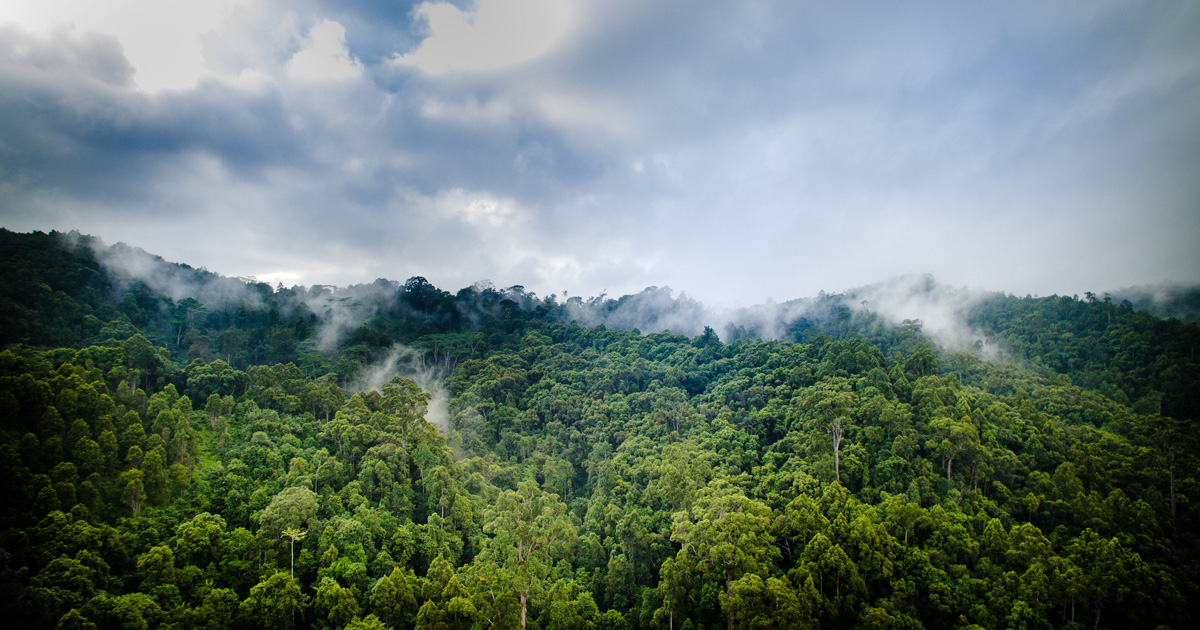Results based on a socioeconomic survey on flood plain forest fallows are presented. The study was aimed at identifying the factors influencing people's decisions on land use and forest resource utilisation, and to provide some preliminary biophysical information. It was found that 93% of local landholders predominantly use low "restinga" sites, and that the major reason for forest fallows is to recover soil fertility. Furthermore, forest conversion and re-conversion processes are a function of community age and parcel size. Over 50% of landholders manage their forest fallows mainly to encourage two tree species: Calycophyllum spruceanum (capiro na) and Cedrela odorata (cedro). The results of this study are encouraging to promote local forests fallows management plans.
Publication year
2000
Authors
Freitas-Alvarado, L.; Baluarte-Vasquez, J.; van de Kop, P.; Inga-Sanchez, H.; de Jong, W.; Melendez, W.; Salazar-Vega, A.
Language
Portuguese
Keywords
socioeconomics, secondary forests, fallow, floodplains, land use, silvicultural conversion, soil fertility, decision making
Geographic
Peru






















